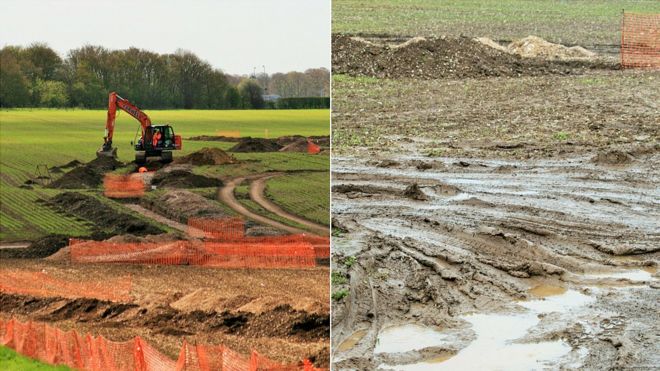Dun Deardail was built 2,500 years ago
NEVIS LANDSCAPE PARTNERSHIP
Archaeologists believe they have found, preserved in peat, charcoal from a fire that destroyed an ancient hillfort.
Dun Deardail was built about 2,500 years ago on a prominent knoll on Sgorr Chalum, a hill overlooking the River Nevis in Glen Nevis.
Charcoal found in surrounding peatbog has been analysed.
Four "significant fire events" were identified as layers of charcoal or soot. One, from around 310BC, is thought to be the fort's burning.
Archaeologists said the fire that destroyed Dun Deardail would have "created towering plumes of smoke rising up from the fort, expelling ash and charcoal into the air".
Read the rest of this article...








